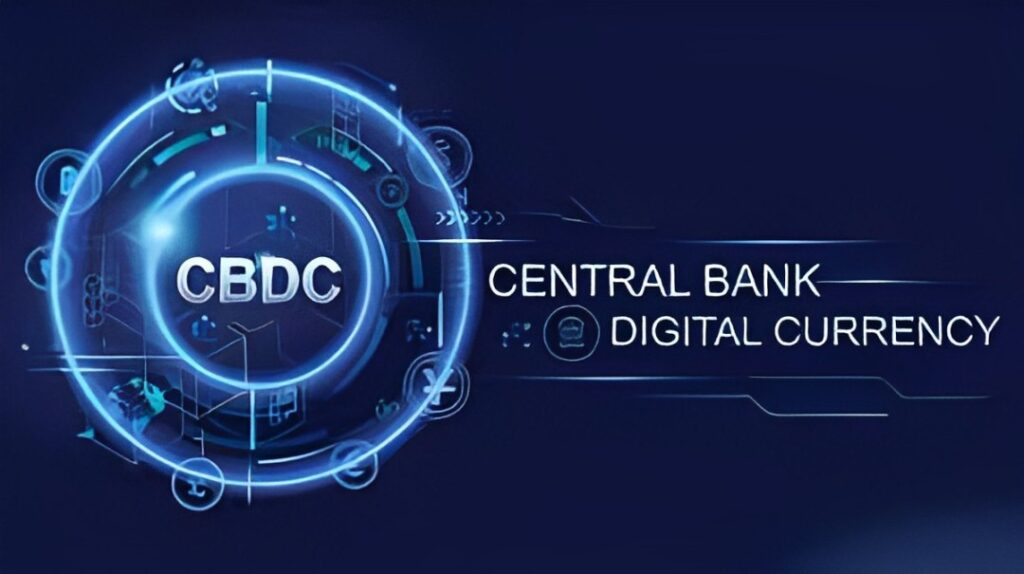
Traditional contractual agreements are undergoing a significant transformation in today’s digital age. Smart contracts are a groundbreaking innovation powered by blockchain technology that promises to revolutionize the way we conduct transactions.
By combining the power of automation, transparency, and security, smart contracts offer a new paradigm for conducting business in a fast-paced and interconnected world.
In this article, we will delve into the concept of smart contracts, exploring their features, benefits, and potential applications across various industries.
Smart Contracts – A Brief Definition
Smart contracts are computer programs that facilitate, verify, or enforce the negotiation and execution of an agreement or contract. They run on a decentralized network, typically a blockchain, where their code is stored and executed across multiple nodes. The key characteristic of smart contracts is their ability to operate autonomously, without the need for intermediaries, such as lawyers or brokers.
Smart contracts are designed to ensure transparency, security, and immutability. Once deployed on the blockchain, they cannot be altered or tampered with, providing a high level of trust and reliability. Their execution is triggered by predefined conditions, which, when met, automatically trigger the contract to perform its specified actions.
Components of a Smart Contract:
Smart contracts consist of several essential components that work together to enable their functionality. These components include:
- Digital Code: The smart contract’s code is written in a programming language, such as Solidity (used in Ethereum), and defines the terms and conditions of the contract. It specifies the actions that need to be performed when certain conditions are met.
- Blockchain Platform: Smart contracts are deployed and executed on a blockchain platform, such as Ethereum, EOS, or Binance Smart Chain. The blockchain serves as the underlying infrastructure that hosts and validates smart contract transactions.
- Decentralized Network: Smart contracts operate on a decentralized network, usually a blockchain. This network ensures that the contract’s code is distributed across multiple nodes, making it transparent and resistant to single points of failure.
- Digital Signatures: Digital signatures are needed by all parties to a smart contract to confirm their identities and ensure consent. They give the contract an additional layer of protection and validity, prohibiting tampering or unauthorized changes.
- Data Storage: Data can be stored on the blockchain by smart contracts themselves or by using references to other data sources. Information pertaining to contracts is transparent and audible because of immutable storage on the blockchain.
- Trigger Mechanism: Predetermined conditions, frequently referred to as “if-then” expressions, set off smart contracts. These parameters may depend on the passage of time, outside occurrences, or particular participant behaviors. The smart contract automatically carries out the stated actions as soon as the conditions are satisfied.
- Tokenization: Smart contracts occasionally make use of tokens or digital currencies. These tokens can stand in for a variety of things, including access rights, digital currency, and assets. Smart contracts make it easier to move and manage these tokens in accordance with established guidelines.
Example to understand how smart contract works:
let’s consider a simple example of a rental agreement using Ethereum’s smart contract platform.
Imagine Alice wants to rent her apartment to Bob for a month. They decide to use a smart contract to automate the rental process and eliminate the need for a third-party intermediary. Here’s how the smart contract could be implemented:
- Agreement Terms: The code of the smart contract would include the terms of the rental agreement, such as the rental amount, duration, and security deposit.
- Payment Condition: The smart contract would include a payment condition that triggers the transfer of funds from Bob to Alice once the rental period begins.
- Time Verification: The smart contract would have a condition to verify the current date and time. If the date matches the start of the rental period, the contract executes the payment transfer.
- Security Deposit: The smart contract would include a condition to hold Bob’s security deposit during the rental period. If the contract detects any damages to the apartment at the end of the rental period. It would deduct the necessary amount from the security deposit and return the remaining balance to Bob.
In this example, the smart contract acts as an automated intermediary, ensuring that both parties adhere to the agreed-upon terms. The contract eliminates the need for Alice and Bob to trust each other, as the code enforces the rules and executes the actions automatically.
Benefits of Smart Contracts
Smart contracts offer several benefits over traditional contract systems:
- Trust and Transparency: Smart contracts provide a high level of trust and transparency as the code and execution are visible to all participants. There is no need to rely on intermediaries, reducing the risk of fraud or manipulation.
- Efficiency and Cost Savings: By automating contract execution, smart contracts eliminate the need for manual processing and intermediaries, reducing costs and saving time.
- Accuracy and Reliability: Smart contracts are executed based on predefined conditions, minimizing the chance of errors or misinterpretations. Once deployed, they cannot be altered, ensuring reliable and consistent execution.
- Streamlined Processes: Smart contracts can streamline complex processes by automating tasks and reducing paperwork. This simplifies the management of contracts and reduces administrative burdens.
Challenges faced by smart contracts
- Complexity: Correctly designing and implementing smart contracts can be challenging and call for a thorough knowledge of both blockchain and programming principles. Unintended consequences or exploitable vulnerabilities may result from coding errors.
- Immutability: While security and transparency are advantages of immutability, they can also be a drawback. Even if there are mistakes or conditions that change after a smart contract is deployed on the blockchain, it is practically impossible to change or revoke it. This rigidity might be a problem in some circumstances.
- Lack of Human Judgment: Smart contracts cannot take into account complex human judgment or extraordinary circumstances because they are automatically carried out based on established requirements. This rigidity might not always be appropriate for complex transactions that call for adaptability or arbitrary judgment
- Security Vulnerabilities: Despite the strong security provided by blockchain technology, smart contracts may still be exposed to flaws, code errors, or other weaknesses in the blockchain platform itself. If not appropriately addressed, these vulnerabilities may result in monetary losses or unforeseen effects.
Conclusion
Smart contracts are a fundamental element of Web3, enabling the automation and execution of agreements without the need for intermediaries.
They provide trust, transparency, and efficiency by leveraging decentralized networks and immutable code. While this article covered the basics of smart contracts and provided a simple example, the potential applications and impact of smart contracts extend far beyond this introduction.
For more such informative articles, subscribe to our page: https://contentonweb.com/Disclaimer: Please note that the information provided in this article is for informational purposes only and should not be construed as investment advice. Investing in financial markets involves risk, and individuals should carefully consider their own financial situation. Consult with a professional advisor before making any investment decisions. The author and the publisher of this article do not accept any liability for any loss or damage caused by reliance on the information provided herein.

When the world order responds to cryptocurrency: CBDC

India’s CBDC Project: A New Direction Towards Digital Currency

How to Earn Passive Income Using a Staking Pool?

The Complete Guide to Cryptoforce Ambassador Program

When the world order responds to cryptocurrency: CBDC

India’s CBDC Project: A New Direction Towards Digital Currency

How to Earn Passive Income Using a Staking Pool?

